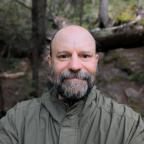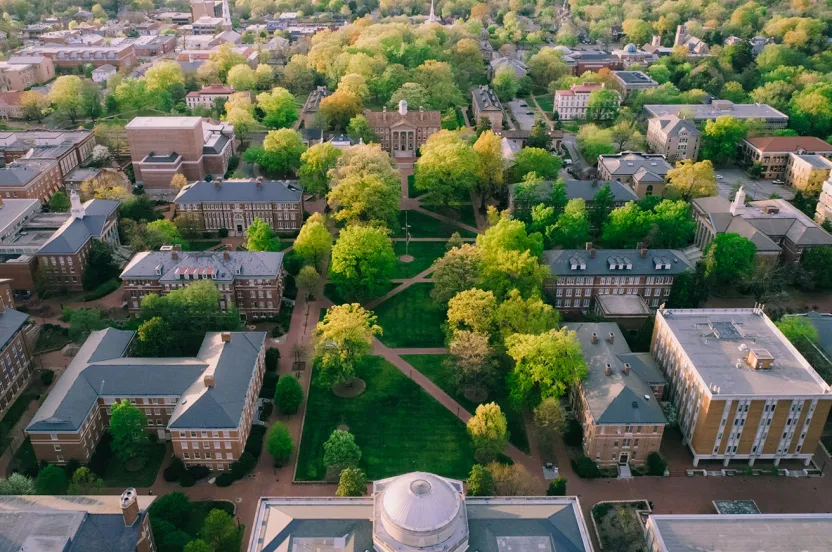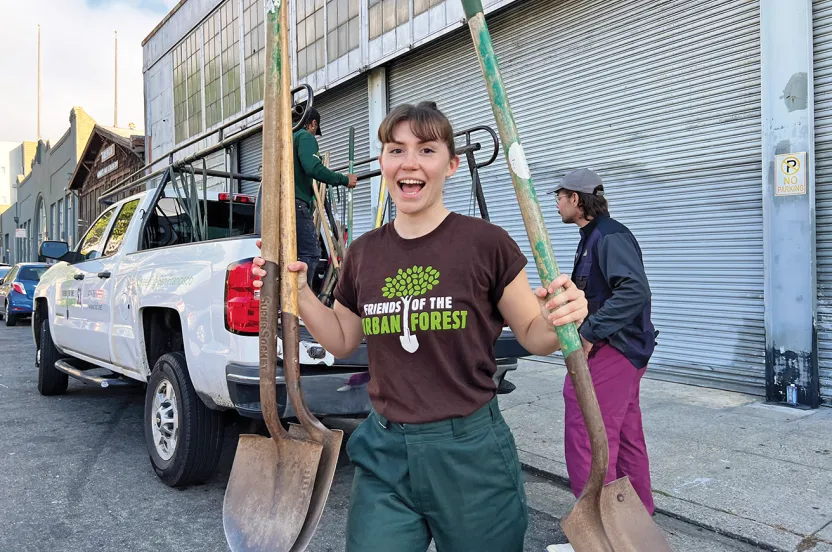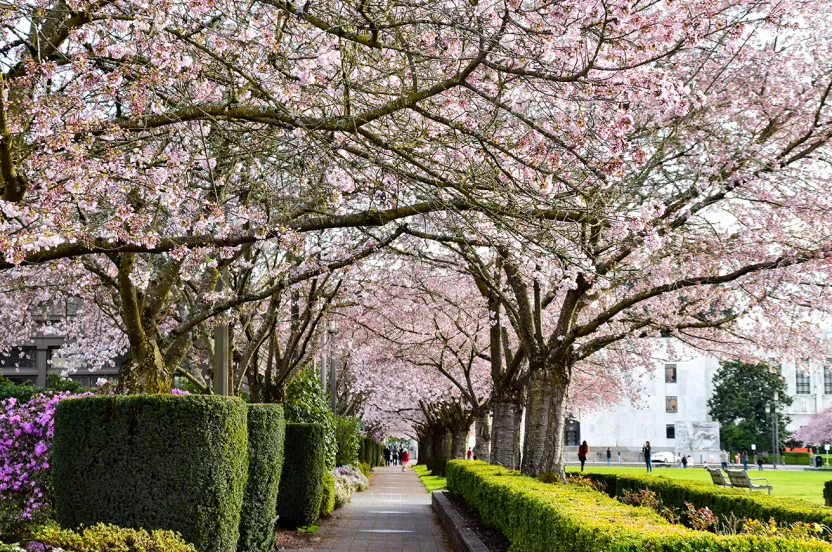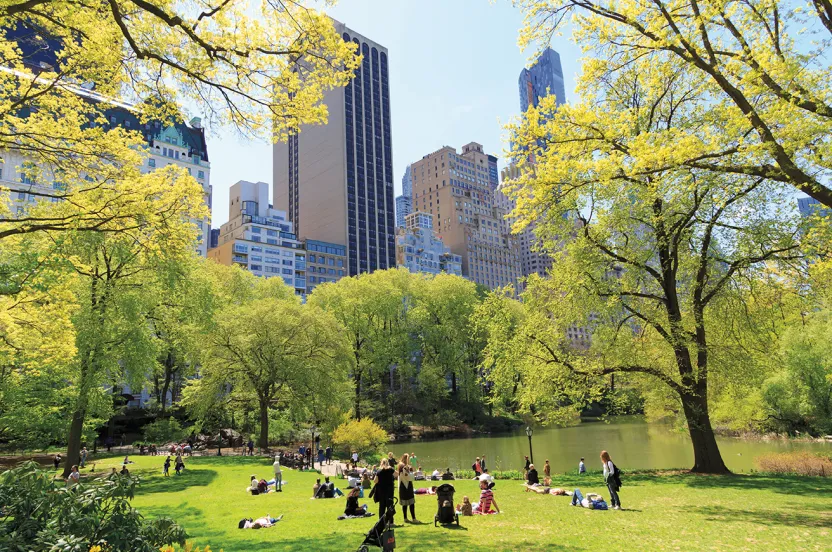Celebrate Arbor Day with 15% off our shop and nursery. Use code LETSGROW. SHOP NOW
Insights on the Trees, People, and Towns Conference
The Arbor Day Foundation’s urban forestry expert shares his takeaways from this event focused on small communities.
December 3, 2024
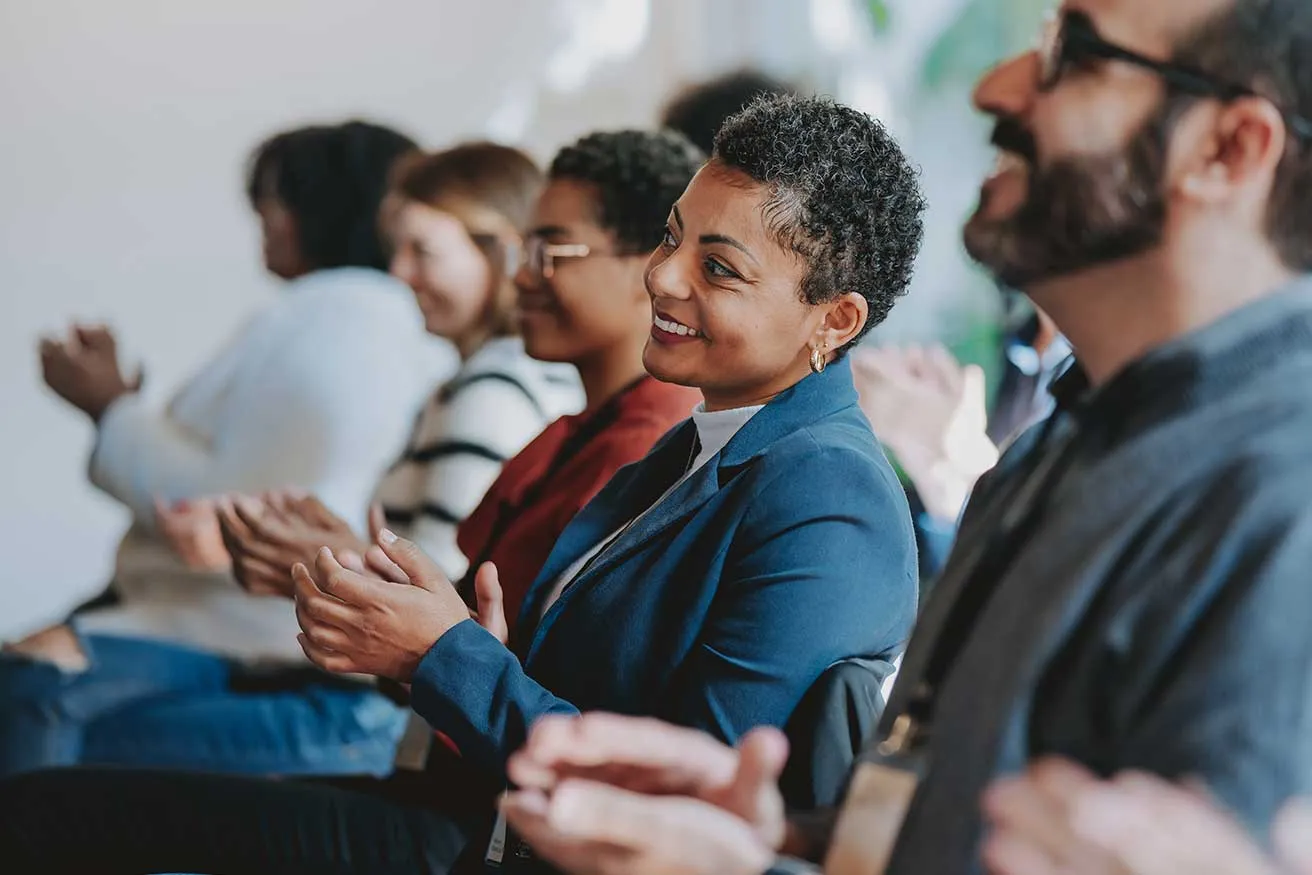
Trees, People, and Towns is the perfect name for a conference on urban and community forestry with a focus on small communities. The conference was held during a beautiful fall week in mid-October, hosted by the Nebraska Forest Service and their partners in Lincoln, Nebraska. The conference covered a range of topics from grant writing to drone use in urban forestry.
When the Nebraska Forest Service reached out to ask if I would give a keynote address to deliver a hopeful message on climate change, I thought it was an impossible task. What is hopeful about climate change? But the more I thought about the topic, the more it occurred to me that tree people are hopeful by nature. We must be. The longer we plant trees, the more we realize the trees we’re planting are for future communities — people we don’t know and will never meet. What could be more hopeful than planting trees?
The longer we plant trees, the more we realize the trees we’re planting are for future communities — people we don’t know and will never meet.
The second keynote, delivered by Dana Karcher of Davey Resource Group, addressed centering people in community forestry efforts and initiatives. Dana had excellent points that everyone can play a part in caring for our community trees in part, because trees help create a sense of community. Public participation and involvement are key aspects of equitable urban forestry initiatives.
Even in the session on applying for grants and budgets, the focus was on telling your community story and being authentic about how your community’s needs can be partly addressed through trees. Storytelling is a tool to help build community and can lead to funds that allow communities to make impactful improvements. There were great stories on developing, growing, and managing community orchards. Even the session on drones seemed to embrace a hopeful future, where we can leverage technology to manage our trees in ways that didn’t seem possible 10 or 20 years ago.
Everyone can play a part in caring for our community trees in part, because trees help create a sense of community.
One of the most moving sessions was present by Graham Herbst of the Nebraska Forest Service. Graham interviewed three people involved in urban forestry work and how their lives were changed when someone took the time to involve and mentor them in their work. The last story was a wonderful reminder that taking the time to invest in individuals and in communities can be heartwarming and inspiring to the next generation.
The conference deviated a bit from the typically dry scientific presentations by combining the science of climate change, tree care, and policy with the art of storytelling. As urban foresters, arborists, and tree enthusiasts, it’s easy to get lost in the forest, but this conference was a wonderful reminder that we do the work we do to improve the lives of the people in our communities.
The presentations reminded everyone that telling our stories is an important part of what we do, and that progress is more important than perfection when addressing seemingly overwhelming obstacles.
